2019 was the seventh year of Gower Ringing Group activity at Oxwich Marsh. The site also hosted the Welsh Ringing Course (in September) for the fifth consecutive year.
Species Totals
In 2019 2,825 birds of 47 species were ringed at Oxwich (3,428 of 53 species in 2018).
Recaptures from previous years and controlled birds (those initially ringed at other sites) took the total of unique birds processed at the site to 3,379. Blue tit (503), barn swallow (444) and goldfinch (217) were the most frequently captured species in what was a year typified by its low totals.
A breakdown of species totals for the past six years is contained in Table 1.
Table 1. Total number of (unique) birds trapped at Oxwich Marsh, 2014-2019.
| No | Species | 2014 | 2015 | 2016 | 2017 | 2018 | 2019 |
| 1 | Mute swan | 7 | 1 | 1 | |||
| 2 | Sparrowhawk | 3 | 2 | 1 | 2 | ||
| 3 | Water rail | 3 | 1 | ||||
| 4 | Jack snipe | 1 | 2 | 14 | 10 | 8 | 6 |
| 5 | Snipe | 11 | 4 | 19 | 55 | 60 | 61 |
| 6 | Woodpigeon | 1 | |||||
| 7 | Kingfisher | 7 | 3 | 1 | 2 | ||
| 8 | Green woodpecker | 2 | 1 | ||||
| 9 | Great spotted woodpecker | 14 | 23 | 21 | 33 | 47 | 42 |
| 10 | Skylark | 2 | 2 | 3 | |||
| 11 | Sand martin | 14 | 8 | 33 | 19 | 44 | 6 |
| 12 | Swallow | 382 | 399 | 595 | 709 | 480 | 444 |
| 13 | House martin | 1 | 5 | 104 | 3 | ||
| 14 | Tree pipit | 13 | 3 | 37 | 19 | 9 | 17 |
| 15 | Meadow pipit | 48 | 65 | 14 | 45 | 32 | 5 |
| 16 | Yellow wagtail | 3 | 1 | ||||
| 17 | Grey wagtail | 1 | 7 | 3 | 8 | ||
| 18 | Pied/White wagtail | 7 | 44 | 101 | 41 | 24 | |
| 19 | Wren | 74 | 96 | 76 | 70 | 76 | 63 |
| 20 | Dunnock | 61 | 50 | 39 | 74 | 97 | 73 |
| 21 | Robin | 101 | 68 | 49 | 77 | 71 | 74 |
| 22 | Redstart | 1 | 1 | ||||
| 23 | Whinchat | 2 | 1 | ||||
| 24 | Stonechat | 6 | 10 | 21 | 14 | 5 | 20 |
| 25 | Wheatear | 1 | |||||
| 26 | Pied flycatcher | 1 | |||||
| 27 | Blackbird | 32 | 39 | 29 | 57 | 58 | 58 |
| 28 | Song thrush | 7 | 18 | 10 | 17 | 23 | 13 |
| 29 | Redwing | 8 | 99 | 42 | 92 | 10 | 21 |
| 30 | Mistle thrush | 1 | 1 | ||||
| 31 | Cetti’s warbler | 28 | 24 | 26 | 40 | 37 | 31 |
| 32 | Grasshopper warbler | 6 | 11 | 19 | 13 | 5 | 8 |
| 33 | Sedge warbler | 120 | 145 | 177 | 142 | 194 | 128 |
| 34 | Reed warbler | 153 | 159 | 227 | 192 | 271 | 181 |
| 35 | Lesser whitethroat | 2 | 2 | 1 | 1 | 1 | |
| 36 | Whitethroat | 42 | 34 | 36 | 23 | 29 | 29 |
| 37 | Garden warbler | 21 | 5 | 16 | 8 | 12 | 8 |
| 38 | Blackcap | 300 | 190 | 71 | 98 | 172 | 184 |
| 39 | Yellow-browed warbler | 1 | 16 | 4 | |||
| 40 | Wood warbler | 1 | |||||
| 41 | Chiffchaff | 140 | 100 | 145 | 101 | 128 | 130 |
| 42 | Willow warbler | 94 | 85 | 146 | 72 | 98 | 60 |
| 43 | Goldcrest | 73 | 167 | 106 | 83 | 36 | 67 |
| 44 | Firecrest | 3 | 3 | 4 | 2 | 2 | 3 |
| 45 | Long-tailed tit | 30 | 37 | 42 | 21 | 27 | 67 |
| 46 | Marsh tit | 2 | 3 | ||||
| 47 | Willow tit | 1 | 1 | ||||
| 48 | Coal tit | 3 | 7 | 8 | 7 | 11 | 10 |
| 49 | Blue tit | 393 | 469 | 235 | 427 | 553 | 503 |
| 50 | Great tit | 127 | 153 | 135 | 149 | 259 | 192 |
| 51 | Nuthatch | 2 | 1 | 3 | |||
| 52 | Treecreeper | 1 | 7 | 7 | 3 | 7 | 8 |
| 53 | Magpie | 1 | 1 | 1 | 1 | ||
| 54 | Jay | 2 | |||||
| 55 | Starling | 2 | 2 | 10 | 3 | ||
| 56 | Chaffinch | 196 | 265 | 208 | 157 | 187 | 166 |
| 57 | Brambling | 1 | 1 | 8 | 22 | ||
| 58 | Greenfinch | 355 | 468 | 244 | 139 | 88 | 155 |
| 59 | Goldfinch | 445 | 464 | 479 | 324 | 261 | 217 |
| 60 | Siskin | 62 | 58 | 150 | 218 | 251 | 177 |
| 61 | Lesser redpoll | 7 | 2 | 2 | 1 | ||
| 62 | Bullfinch | 19 | 13 | 2 | 14 | 11 | 12 |
| 63 | Yellowhammer | 1 | 1 | ||||
| 64 | Little bunting | 1 | |||||
| 65 | Reed bunting | 157 | 147 | 117 | 96 | 145 | 90 |
| Total | 3564 | 3925 | 3681 | 3857 | 3899 | 3379 | |
Statistical comparison between years is not possible, as the total amount of net, the net rides used, and the number of visits each month varied depending on the personnel available and the weather conditions. Notwithstanding this, however, we aim to ring in the marsh twice a week during passage periods and at least once a week at other times, and it is possible to draw broad conclusions for some species based on the data supplemented by field observations. Features of 2019 were:
- Our best year for common snipe (sixty-one birds captured), albeit only by one (sixty were processed in 2018). We have now ringed two hundred and six snipe on the marsh since our first in November 2014. Conversely it was a below average year for jack snipe, which field observations also suggested was either genuinely scarcer or more widely distributed (possibly due to ponies creating numerous opportunities for roosting) within the marsh than usual. What was notable, however, was that we recaptured three common snipe and one jack snipe ringed in previous winters – further demonstrating site fidelity in snipe species.
- A good year for stonechat, suggesting the population has recovered a little since the winter of 2017/18. We capture dispersing birds in the late summer and autumn.
- A welcome (apparent) resurgence in the greenfinch population. Despite limited effort around the feeders, and stopping feeding for sustained periods in response to suspected early-stage trichomonosis, this was our highest total since 2016.
- A good year for long-tailed tits. The catch of sixty-seven birds processed was by far the highest annual total for the site. The vast majority were captured in roving flocks during the late autumn.
There were two new species for the site processed in 2019, jay and pied flycatcher. Jay is a common bird around the marsh, so it has been a bit of a surprise that it has taken six years to catch one; we then caught a second a week later (both in early June) – indeed the 2018 report predicted it would be the next species for the site. The pied flycatcher was slightly more unexpected, and was captured in late August.
There were no rare birds processed during the year. The only locally scarce species captured was firecrest (three birds were ringed in mid-November), while unusual species for the site / those not regularly captured by the group included water rail, lesser whitethroat, skylark and yellowhammer.
The poor weather that typified the second half of the year undoubtedly affected the number of hirundines, wagtails and (most) warblers captured. It was a poor year for willow and sedge warblers in particular, and a below average one for garden and grasshopper warblers.
In 2019 we passed the threshold of 20,000 birds ringed on the marsh. The number and diversity of birds ringed has far exceeded initial expectations. Overall totals by species (in order of abundance) are below:
Table 2. Totals by Species Ringed at Oxwich 2013-2019 inclusive
| Species Name | Total | Species Name | Total |
| Swallow | 3018 | Grasshopper warbler | 64 |
| Blue tit | 2096 | Jack snipe | 40 |
| Goldfinch | 1957 | Coal tit | 37 |
| Greenfinch | 1378 | Treecreeper | 35 |
| Reed warbler | 1218 | Brambling | 31 |
| Chaffinch | 1087 | Yellow-browed warbler | 21 |
| Blackcap | 1049 | Grey wagtail | 19 |
| Sedge warbler | 924 | Firecrest | 18 |
| Chiffchaff | 779 | Starling | 17 |
| Siskin | 775 | Kingfisher | 14 |
| Great tit | 742 | Lesser redpoll | 12 |
| Reed bunting | 642 | Lesser whitethroat | 7 |
| Willow warbler | 572 | Skylark | 7 |
| Goldcrest | 541 | Sparrowhawk | 7 |
| Wren | 414 | Mute swan | 6 |
| Robin | 403 | Nuthatch | 6 |
| Dunnock | 295 | Marsh tit | 5 |
| Redwing | 271 | Water rail | 4 |
| Blackbird | 245 | Yellow wagtail | 4 |
| Meadow pipit | 217 | Green woodpecker | 3 |
| Pied/white wagtail | 217 | Magpie | 3 |
| Long-tailed tit | 215 | Whinchat | 3 |
| Snipe | 206 | Jay | 2 |
| Whitethroat | 205 | Mistle thrush | 2 |
| Cetti’s warbler | 158 | Redstart | 2 |
| Sand martin | 124 | Willow tit | 2 |
| Great spotted woodpecker | 119 | Yellowhammer | 2 |
| House martin | 113 | Little bunting | 1 |
| Tree pipit | 98 | Pied flycatcher | 1 |
| Bullfinch | 78 | Wheatear | 1 |
| Stonechat | 76 | Wood warbler | 1 |
| Song thrush | 75 | Woodpigeon | 1 |
| Garden warbler | 70 | ||
| Grand Total | 20755 | ||
Recaptures and Controls in 2019
Of note were:
- A swallow ringed at Pollardstown Fen, County Kildare by the Irish Midlands Ringing Group on 26 August 2019 (approximately 260 km to the north-west) and recaptured at Oxwich on 17 September 2019. It was captured again at Oxwich on 2 October.
- A redwing ringed on the marsh in October 2015 and found dead in March 2019 at Saale, Halle, Saxony-Anhalt, Germany. It had assumedly met its end during return passage to its breeding grounds.
- A French-ringed (Paris) sedge warbler on 27 July 2019; further details are awaited.
- An Oxwich-ringed reed warbler controlled at Chenal, Chenac-Saint-Seurin-d’Uzet, Charente-Maritime, France in September 2018 on autumn passage.
- Four blue tits and two great tits ringed in 2013 and still going strong in 2019.
- A siskin ringed on the marsh and recovered in Drumla, North Ayrshire (426 km north)
Group News
The ringing group continues to grow. We now have well over twenty members, of whom around sixteen regularly come to Oxwich.
There were a number of permit changes and upgrades during the year:
- Wayne Morris added a Training Endorsement to his A Permit. He has been a huge asset to the Group since he started coming to Oxwich in June 2014. It will be a real benefit to ringing in South Wales to have such an active and committed trainer based in the valleys.
- Stephen Vickers achieved his A Permit. His was a very rapid progression through the permitting process, reflecting a huge level of personal commitment and drive. He is now completing a PhD studying factors limiting climate driven range changes in birds in the University of East Anglia.
- Martin Thomas extended his C Permit to include mist netting (having previously been restricted to a C Permit for traps), Colin Baker made a return to ringing (having allowed his permit to lapse for some years) and also achieved his C Permit, and there were also C Permits for Joanne Conway and Richard Dann.
During 2019 the group also adopted a logo, a jack snipe and a common snipe designed by Stephen Vickers. This was refined by Amy Schwartz, who took the initiative in reviewing our options then co-ordinating the ordering of group ‘branded’ hooded tops and sweaters.
Seeing the commitment of a number of the Group rewarded with additional endorsements and / or permit upgrades, the emergence of a further cohort of very capable trainees, the continued growth and increased sense of identify of the Group has been the most gratifying aspect of 2019.
Acknowledgements
We are extremely grateful to the Gower Society for providing a fifth year of grant funding in 2019. This funding has helped us to maintain a high degree of effort, has allowed the group to develop considerably, and contributes significantly to covering our costs. The resulting data set now includes over 20,000 birds ringed on site, with recaptures taking the overall total to well in excess of 30,000 records.
Nick Edwards (of Natural Resources Wales), who manages the marsh, has been consistently supportive of our efforts since we began ringing in 2013, and we are very grateful for his continued backing.
Thanks are also due to members of the Gower Ringing Group who have attended regularly over the course of the year and provided the impetus and commitment to maintain our efforts. In particular: Heather Coats, Cedwyn Davies, Keith Vaughton, Wayne Morris, Emma Cole, Val Wilson, Paul Aubrey, Sophie de Grissac, Sarah Davies, Martin Thomas, Joanne Conway, Bethan Dalton, Alex McCubbin, Amy Schwartz, Kathryn Dunnett, Dionne Jenkins, Claudia Allen, Lucy Rowley, Miguel Lurgi, Martin Georgiev and (visiting ringer) Rachel Shepherd.
Finally thanks to Kelvin Jones for organising the 2019 Welsh Ringing Course, to Martin Hughes, Gwynedd Roberts, Tony Cross and Justin Walker for their support as visiting trainers, to Kirsty Franklin and to Gower Ringing Group members for their assistance in making everything tick. Feedback from participants was extremely positive.
Author: Owain Gabb, January 2020.
Read the more detailed report here: Oxwich Marsh Ringing Report 2019
Photographs
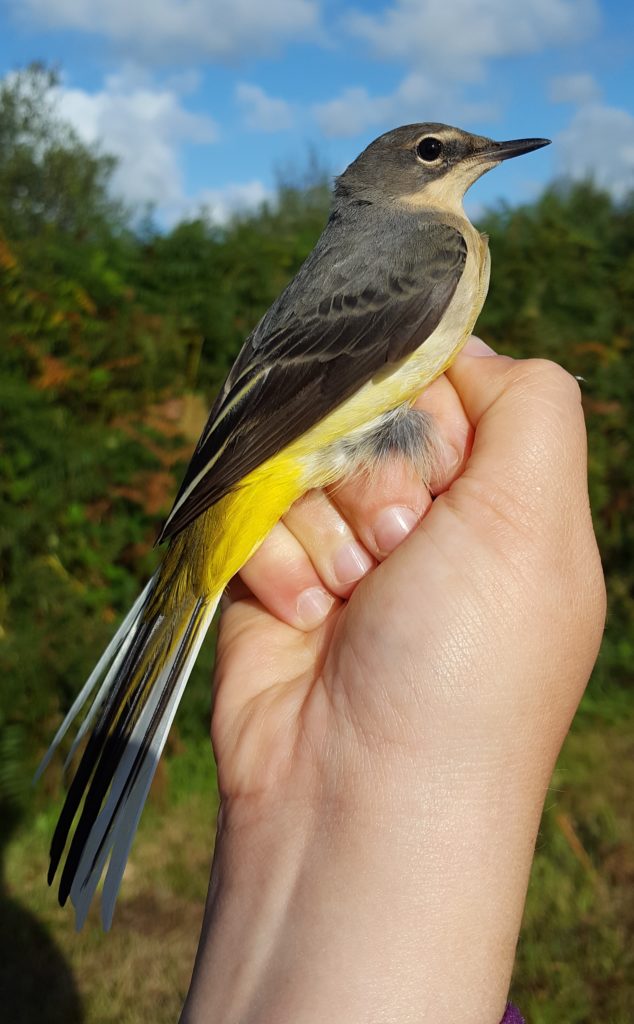

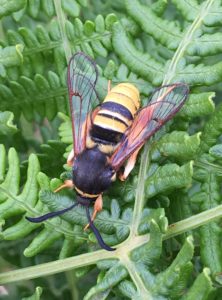
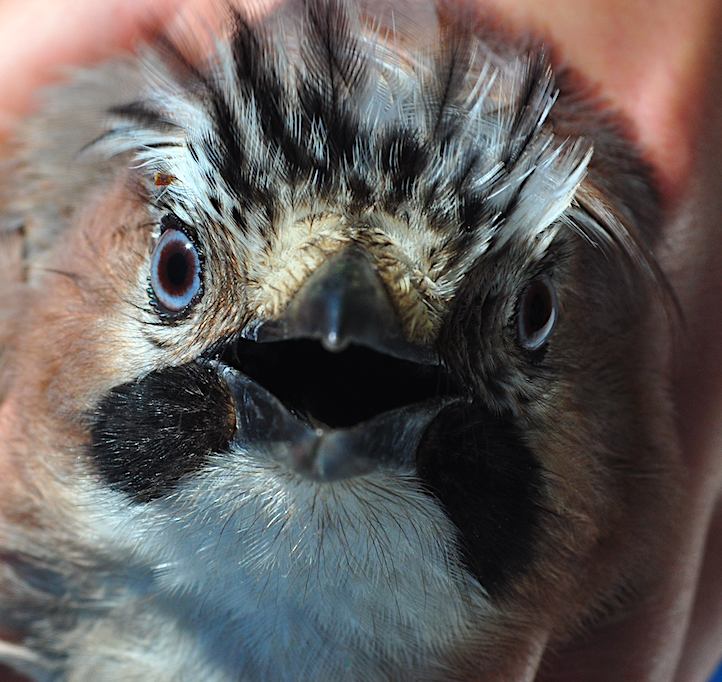
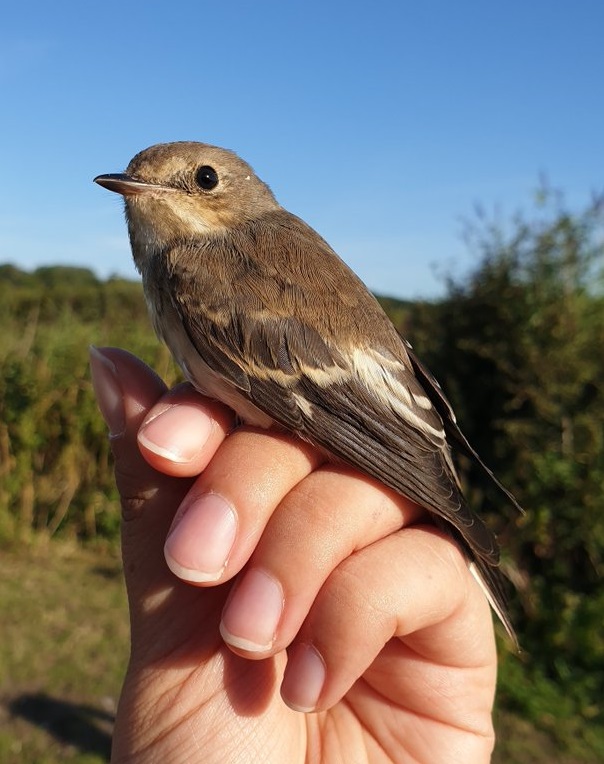


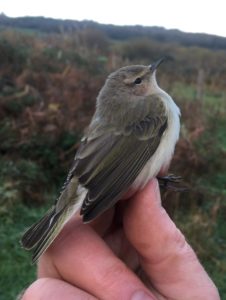
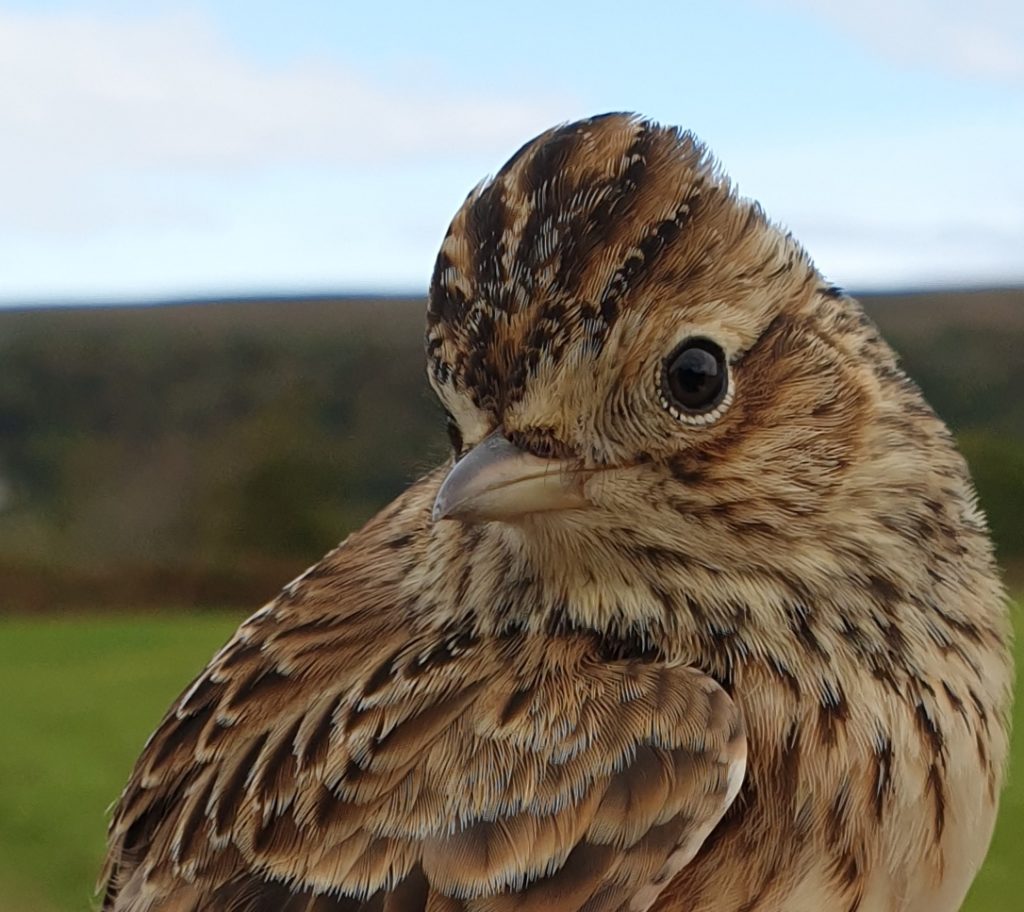

Another great year at the marsh despite a poor autumn weather-wise, and good to get both jay and pied flycatcher which have been long overdue.
It is encouraging to see blackcap numbers on the increase once again, but what is happening to goldfinches? Is the population beginning to suffer the same fate as greenfinches despite a national increase in numbers? We’ve not seen birds with trichomoniasis, so are they not feeding on the marsh in numbers, and utilizing garden feeders instead, https://bit.ly/36fd0ZGs?
Speculation of course, so it’ll be interesting to see if this trend persists in the next few years.